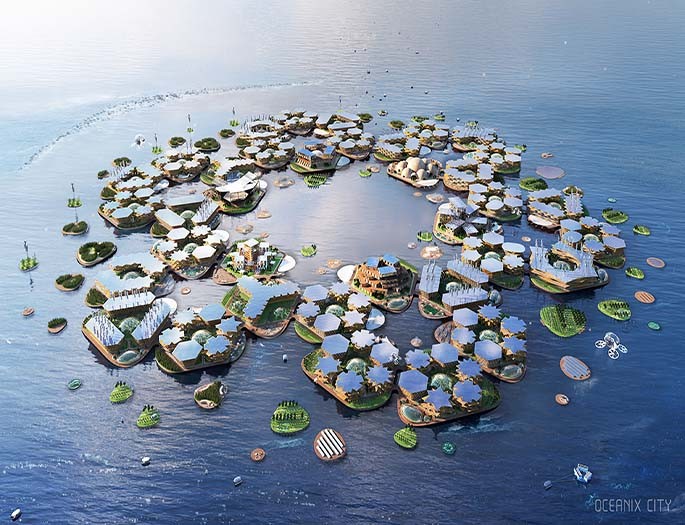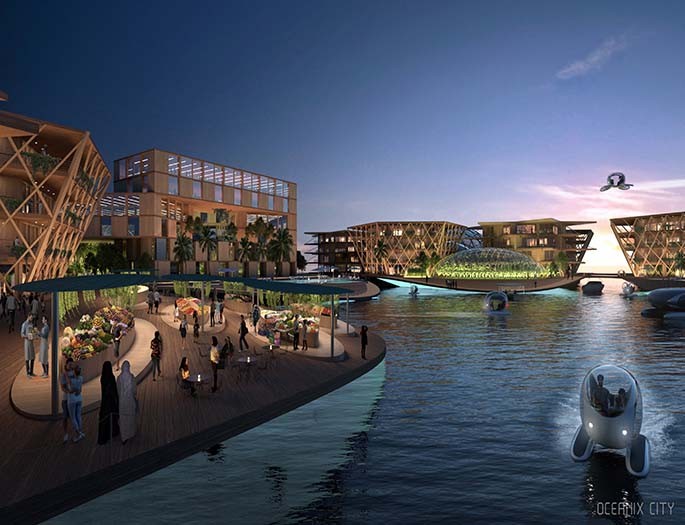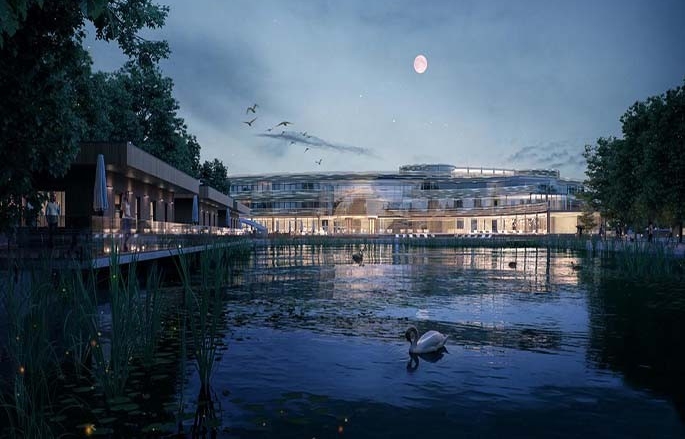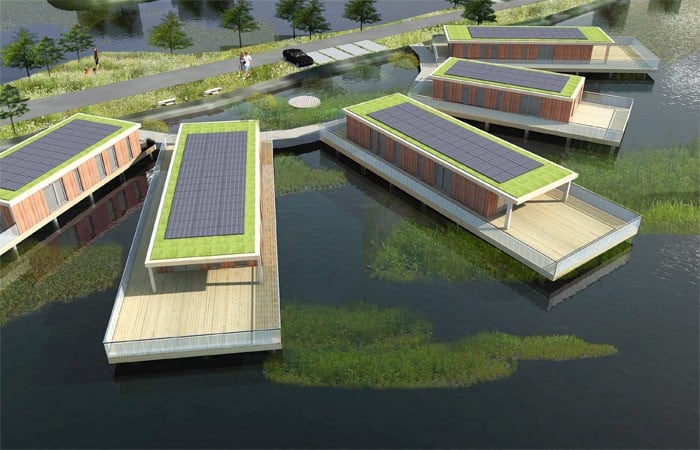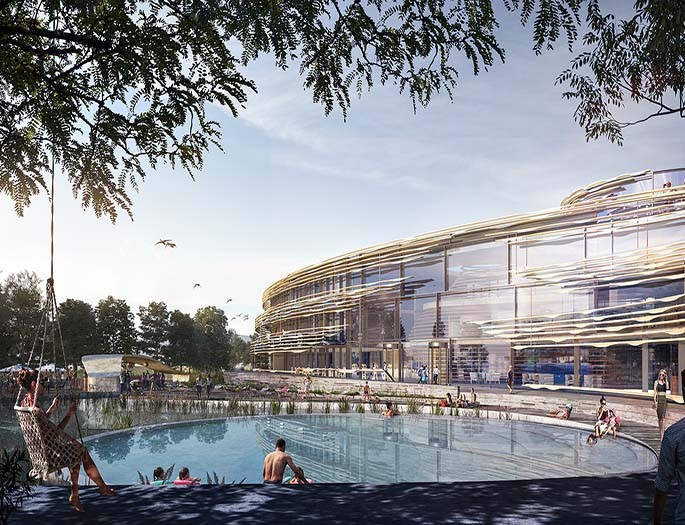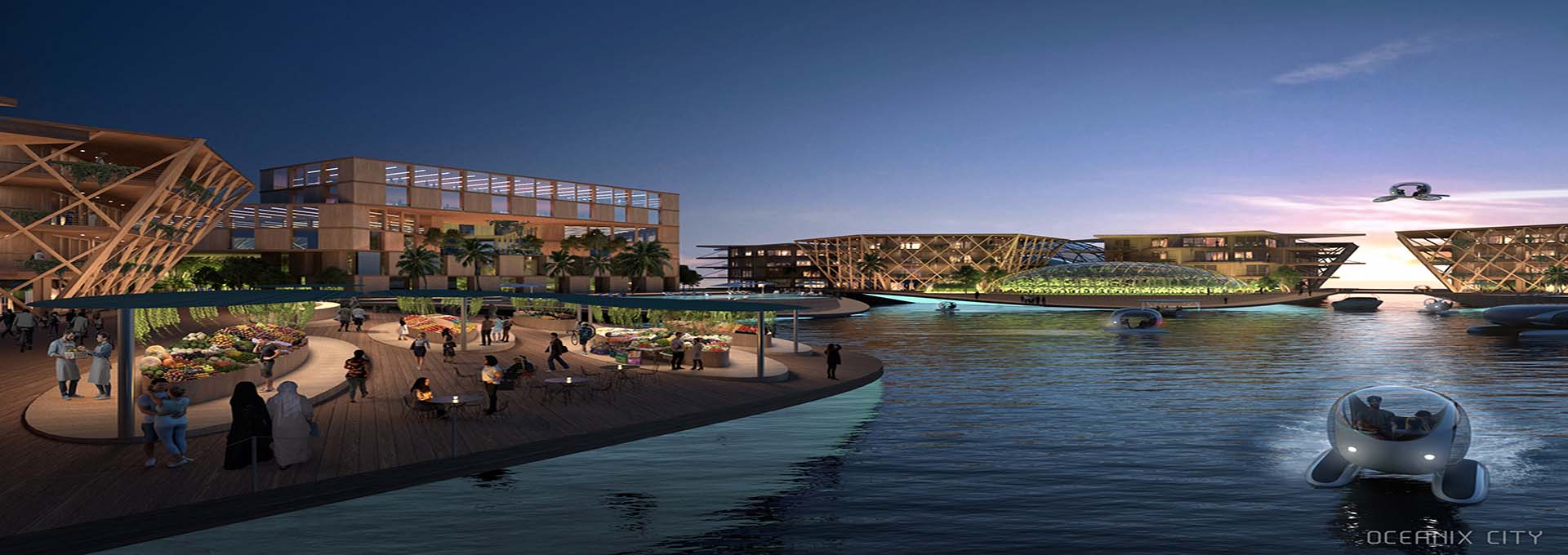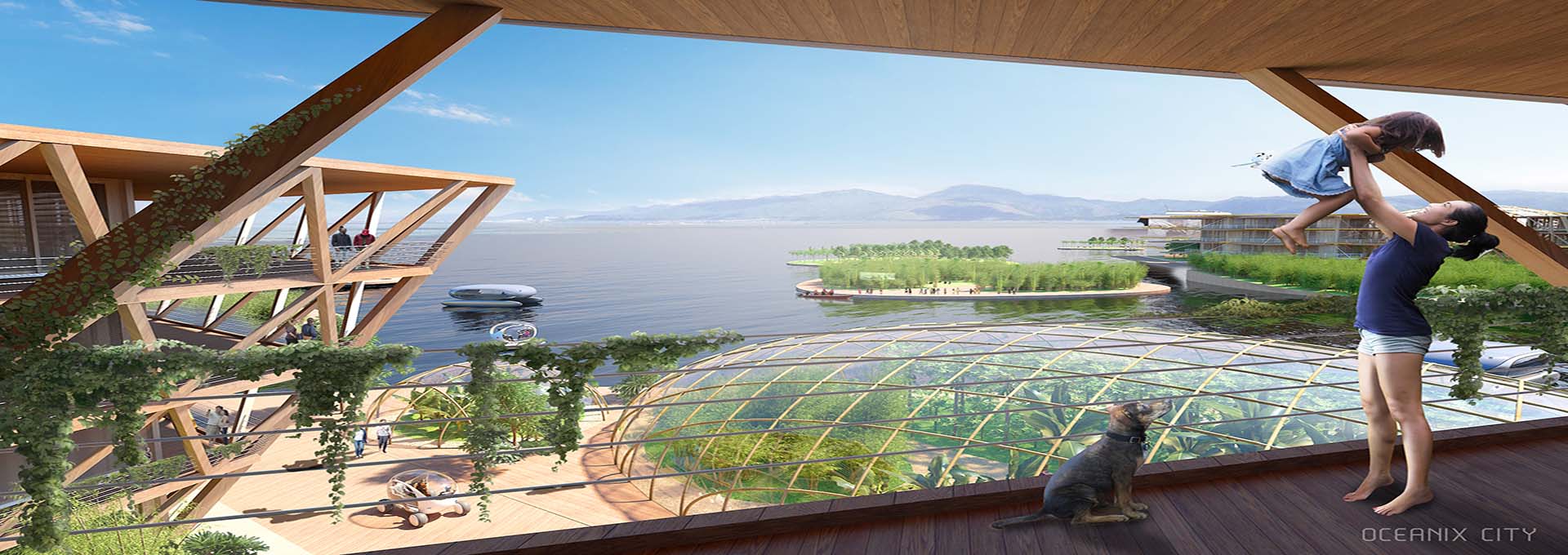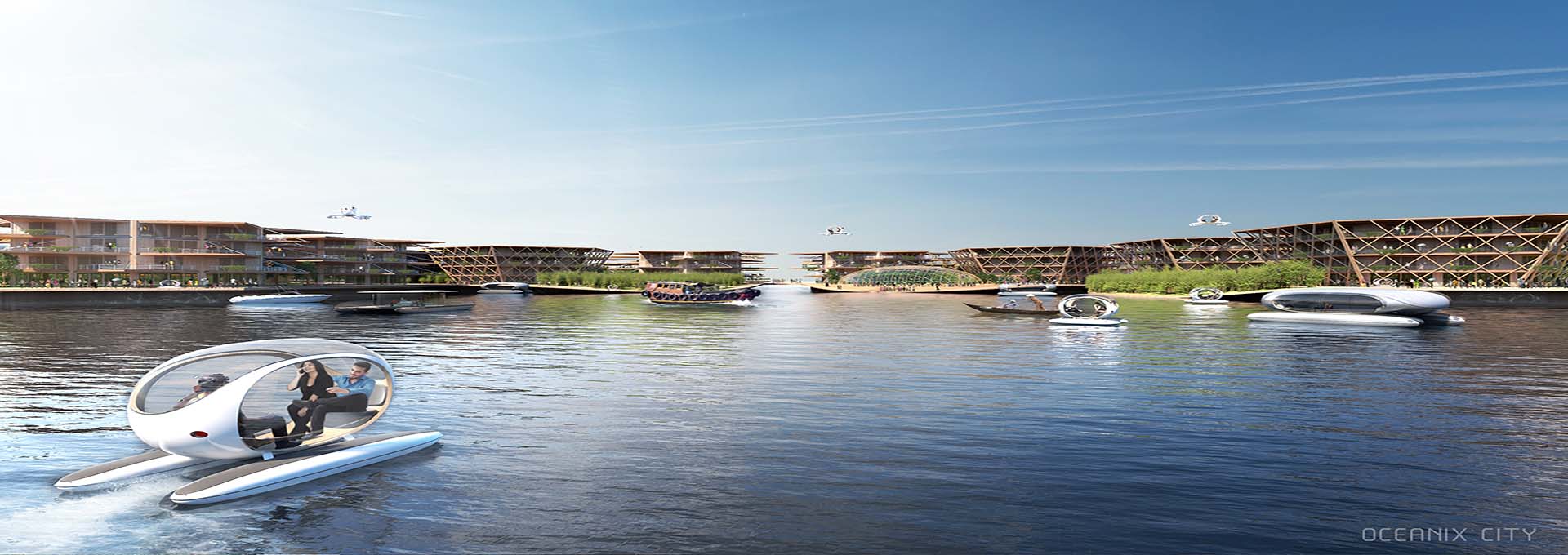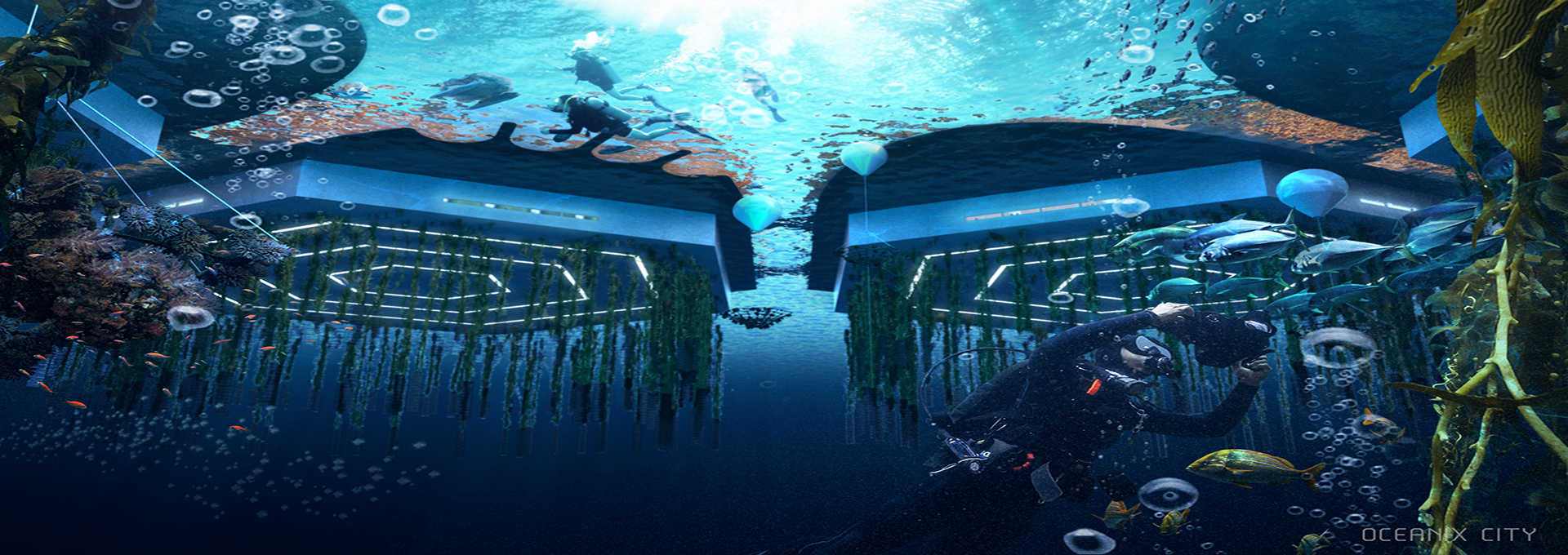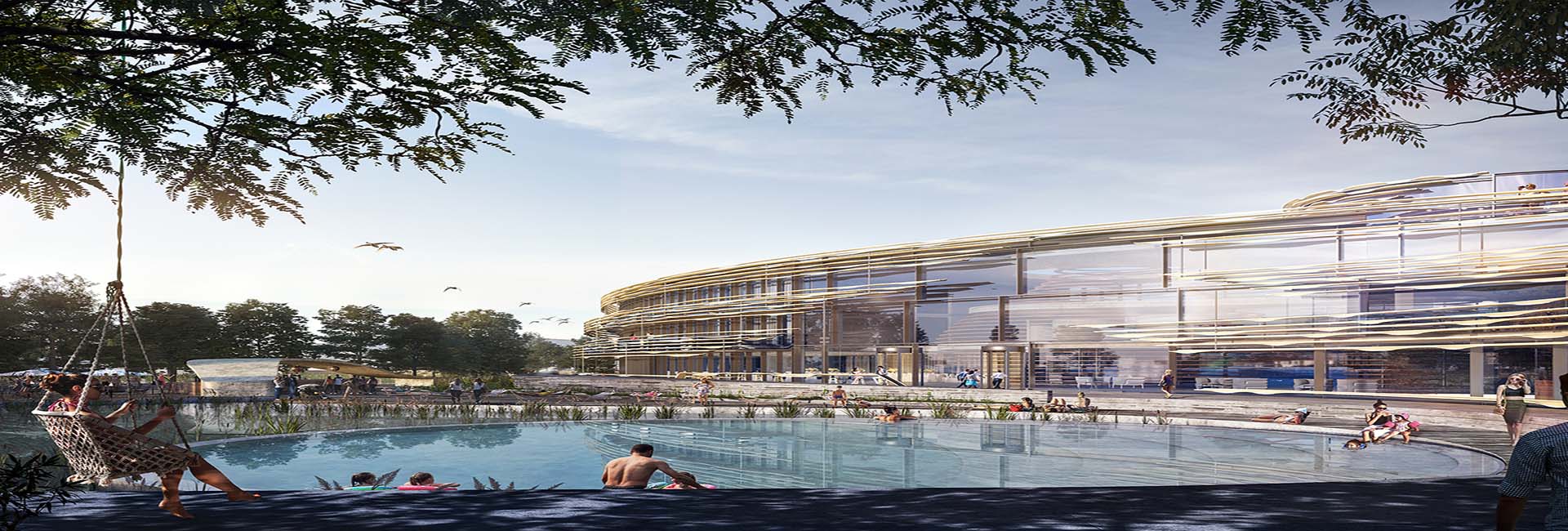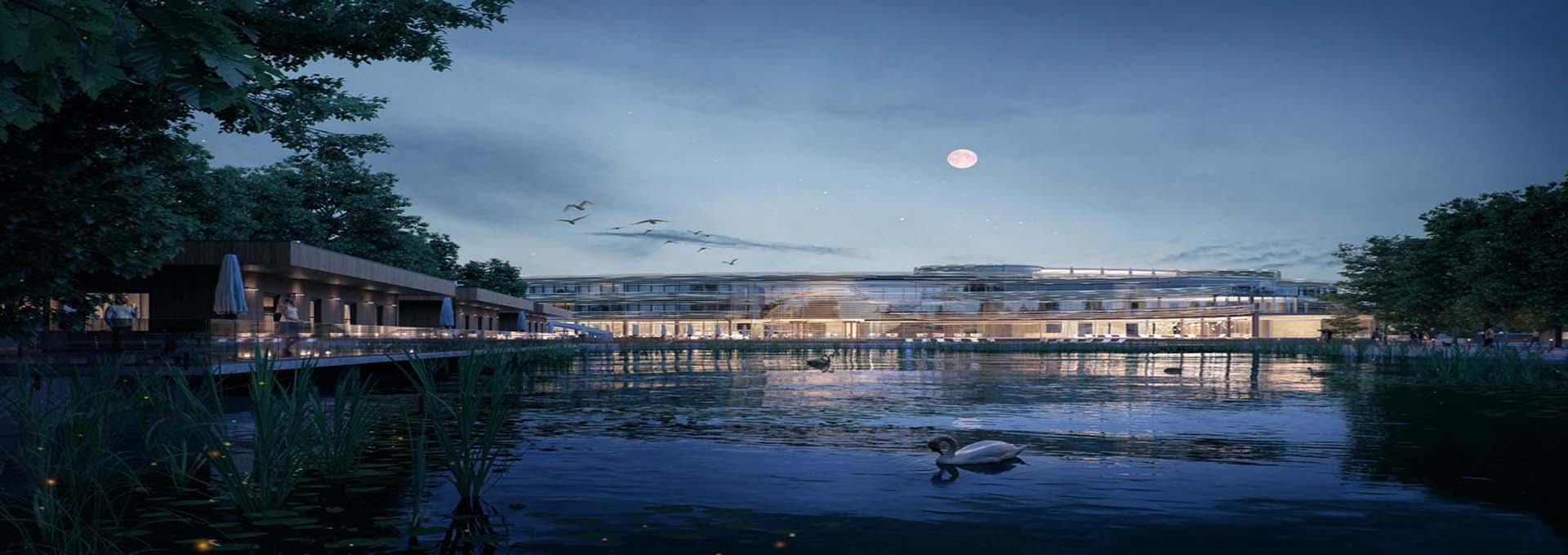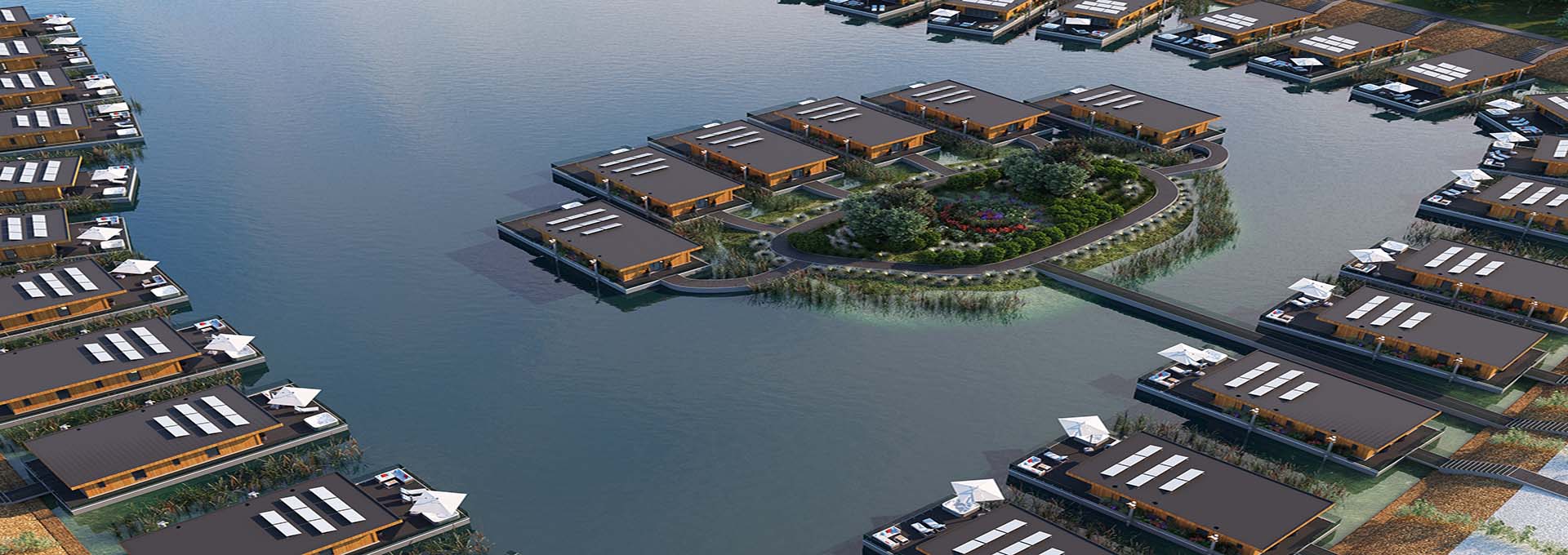Architects are devising ever more radical solutions to rising sea levels and overcrowded cities. Whole communities living on floating platforms – in the so-called blue belt – could be the answer.
As sea levels rise around the world, more humans will end up living on the water. The prospect of whole cities anchored in sheltered bays, lagoons or marinas is closer than we might imagine. Leading architects are now rising to the challenge and designing floating conurbations of the future.
Italian designer Pierpaolo Lazzarini is a good example. He has come up with an idea for a floating hotel of pyramid-style structures – a fusion of Mayan architecture, ancient Egypt and Japanese temples. Although it’s only at concept stage, the plan is for it to be entirely self-sufficient, providing luxury hotel pods for citizens looking to escape the dry land.
Called Wayaland, it would feature pyramids sitting on 3,000-square-metre floating basement units, each with an entry port for boats, and topped with ten floors that would extend 30 metres above the waterline.
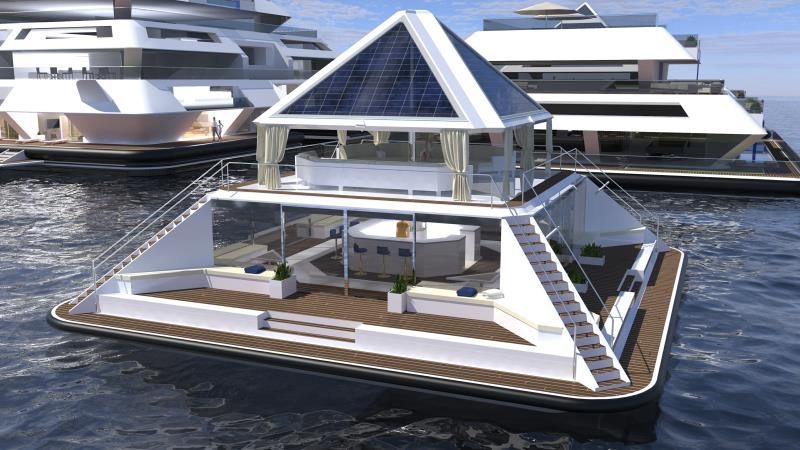
Above and below: Italian designer, Pierpaolo Lazzarini's floating hotel of pyramid-style structures.
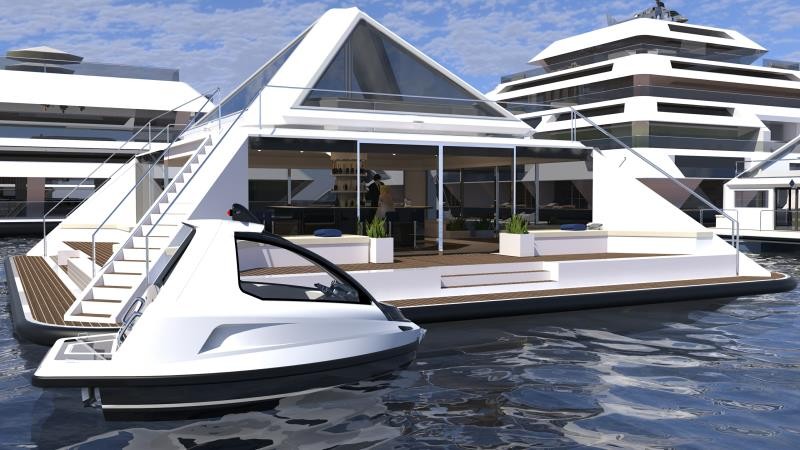
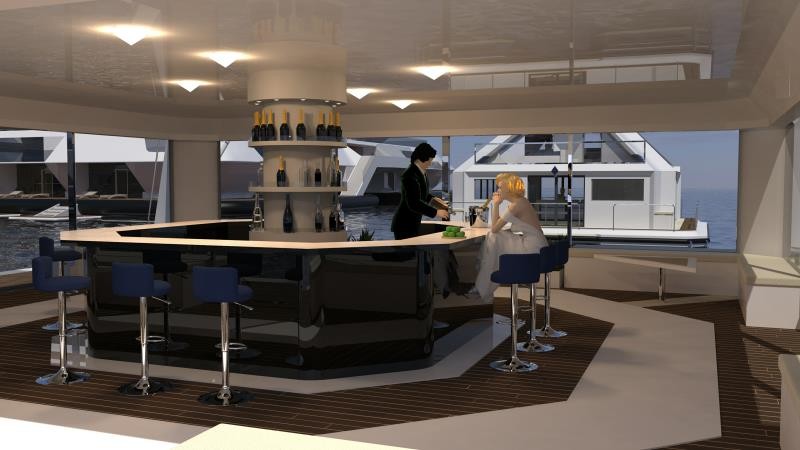
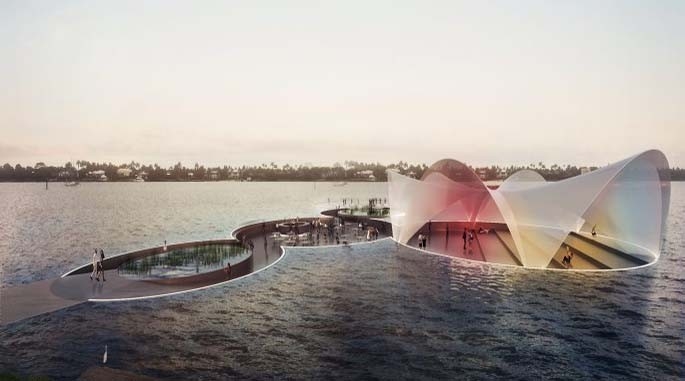
Above: Italian architect, Carlo Ratti's idea for a floating plaza off the coast of West Palm Beach, Florida.
Not to be outdone, fellow Italian architect Carlo Ratti has proposed an idea for a floating plaza off the coast of West Palm Beach, in the US state of Florida. His design relies on a semi-submersible platform that sits partly under the sea surface thanks to a system of responsive air chambers similar to those used by submarines. Ratti says he aims to “showcase how a new technology allows us to radically redefine the relationship between architecture and water”.
If his plans take shape, the good citizens of West Palm Beach will be able to stroll from their city centre onto the plaza in the middle of a lagoon. As they enjoy restaurants and swimming pools above the water, a series of air chambers below will automatically open and close, releasing or taking in water according to the number of people on board.

